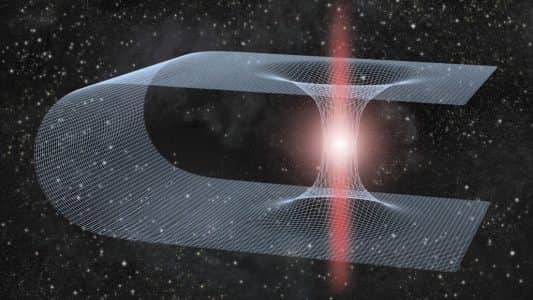This Desalination Breakthrough Could Make Clean Water Cheaper - Dispatch Weekly
January 25, 2021 - Reading time: 3 minutes

The complex problem of desalination has puzzled scientists for decades, but researchers have solved it with a new approach, according to a recent paper in the journal Nature.
The work could make it possible to produce clean water at a lower cost, but the idea contains complex intricacies that scientists are still trying to understand. Desalination membranes are able to clean billions of litres of water for agriculture, energy production and drinking water. They remove salt and other chemicals from water in a process that is crucial for the health of society.
The researchers determined desalination membranes are inconsistent in density and mass distribution, which can hold back their performance. Uniform density at the nanoscale is the key to increasing how much clean water these membranes can create.
The work also documents a significant improvement in the performance of the tested membranes, which means that they can purify more water and consume significantly less energy.
The reverse osmosis membrane works by applying pressure to one side of a salty food solution, and the minerals remain there until the water flows through. The researchers say that desalination with non-membranes requires a large amount of energy, so improving the efficiency of the membrane could minimise the issue.
“Fresh water management is becoming a crucial challenge throughout the world,” says Enrique Gomez, a professor of chemical engineering at Penn State who co-led the research. “Shortages and droughts are expected to become even more significant. It’s critically important to have clean water availability, especially in low-resource areas.”
A 3D model of a polymer desalination membrane shows how silver channels move from top to bottom, avoiding dense areas of the membrane and slowing down the flow.
The research began when DuPont researchers found that polymers were more permeable. This came as a surprise because it is well known that thickness reduces how much water can flow through a membrane.
The team connected with Dow Water Solutions, which is now a part of DuPont, in 2015 at a “water summit” Kumar organized, and they were eager to solve this mystery.
A 3D reconstruction of a nanoscale membrane structure was developed using an ultra-modern electron microscope. The path water takes through the membrane can be modelled to predict how efficiently it could be purified based on the structure.
Most of the calculations were performed on the Stampede2 supercomputer at the TACC, and the report was contributed by researchers from the University of California, San Diego, the National Institute of Standards and Technology (NIST) in the USA and University College London, UK.

DW Staff
David Lintott is the Editor-in-Chief, leading our team of talented freelance journalists. He specializes in covering culture, sport, and society. Originally from the decaying seaside town of Eastbourne, he attributes his insightful world-weariness to his roots in this unique setting.

_1.jpg)


